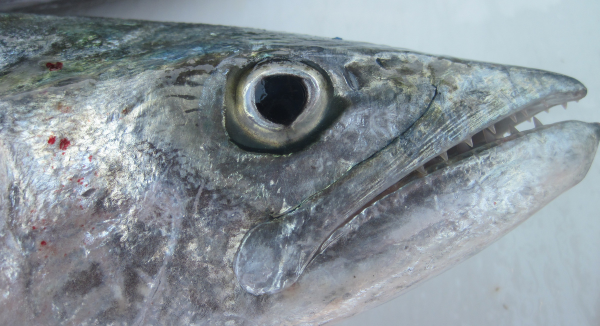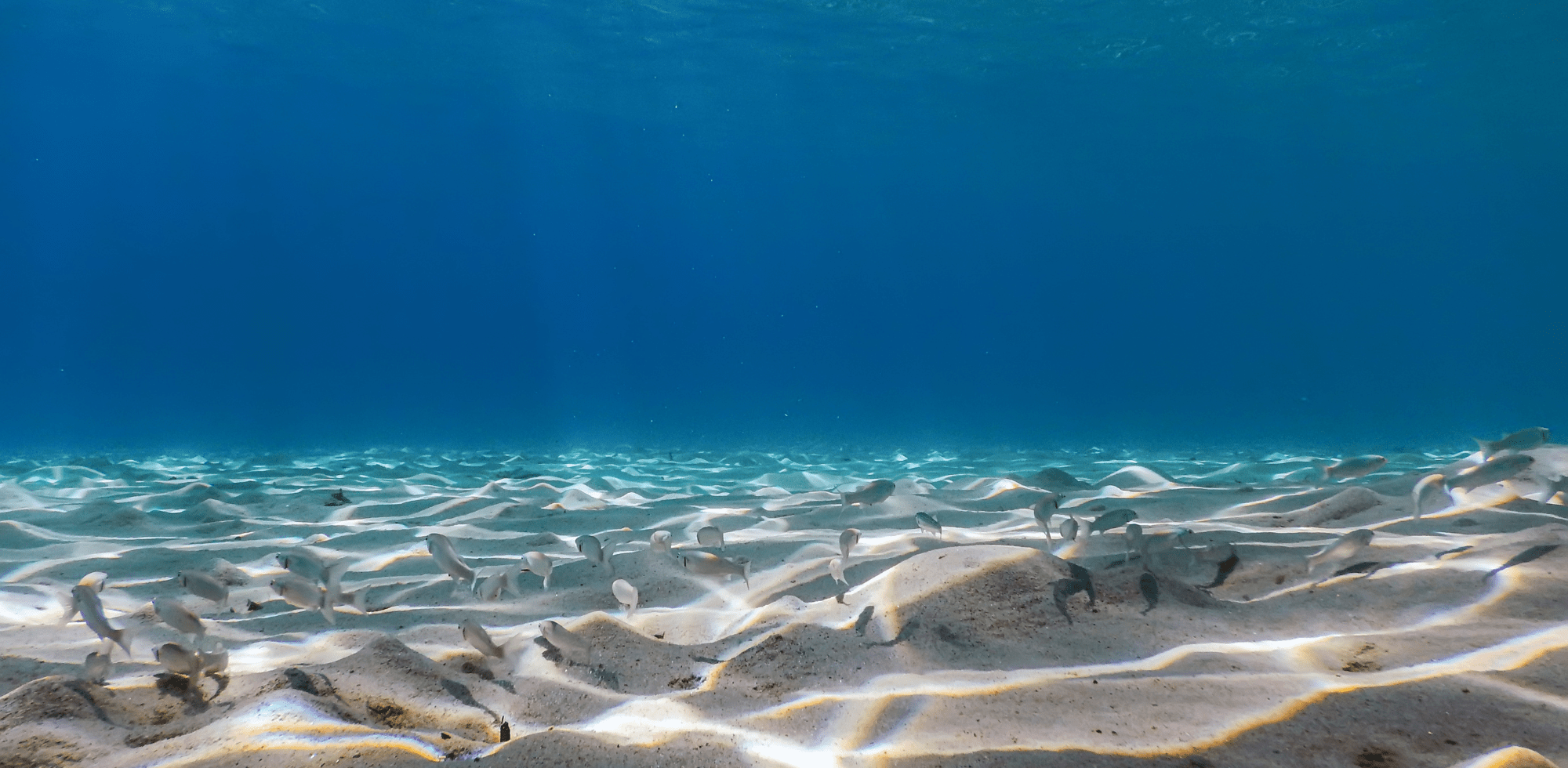Mackerel fishing slowed down a little with the arrival of tropical storm Betty, but the bay is finally clearing up, and the salinity levels are stabilizing. When we are in-between moons, and the tides aren't right for reds and snook. You can typically rely on the Spanish mackerel to keep your drag singing your favorite tune. All you need is a light spinning tackle, 1/0 long shank Mustad hooks, a chum bag, and a well full of threadfins. I prefer incoming tides, but mackerel will feed regardless if an easy meal presents itself. Water flow is crucial; I like to locate a marker near the channel because there is always an abundance of bait, and the water is usually moving nicely. Deploy your chum bags and start cutting up little pieces of threadfins, dispersing them behind your slick. Sometimes, live bait works best, but often you will find that the fish want to cut bait. You can try chunking the bait, but I notice a big difference in my strike rates when I use a piece of filleted threadfin. I am not 100% sure why this is, but I speculate it's because of the low profile and movement it makes when drifted.
The long shank hooks will help prevent cut-offs, but they will not eliminate them. It's essential to beef up the leader, start with 30lb and work your way up to 50lb or vice versa. Find what works best for you. I prefer fluorocarbon with all fish species, but it isn't necessary for mackerel fishing. Your drag should be smooth, and the drag should not be locked down; mackerel are pelagic open water fish. They hit at speeds up to 35 mph, and therefore, they practically hook themselves. Make sure that you "DO NOT" use a swivel because mackerel often swim in schools, and they compete for moving objects. When you hook a mackerel, and it spots your swivel or knot, the others will often bite you off, and you lose everything. Spanish mackerel are rich in Omega's but have a little more pungent fishy taste than other species. Try throwing your catch on ice right away to keep them fresh and prevent ammonia from spreading throughout the meat. There are many ways to catch these speedy, toothy fish, but I have described one easier method. You don't have to be an expert to apply the above-mentioned tactics. Be safe and get out there and have some fun.


